
Head lice are a common problem among school-aged children, but they can affect anyone of any age. They are tiny parasitic insects that live on the scalp and hair and feed on human blood. Head lice are highly contagious and are spread through close contact with an infected person, such as through sharing hats, combs, or brushes.

The main symptom of head lice is itching, particularly on the scalp and neck. Itching is caused by an allergic reaction to the lice bites, which can cause redness and swelling on the scalp. Nits, or lice eggs, can also be visible on the hair shafts, making them easier to spot.
Head lice do not discriminate and can infest anyone, regardless of their personal hygiene. They are more common in children because of their close contact with one another in schools and daycare centers. However, anyone can get head lice, and they can be particularly difficult to get rid of without the right treatment.
Treatment for head lice typically involves using a medicated shampoo or lotion that contains an insecticide, such as permethrin or pyrethrin. These products work by killing the lice and their eggs. It is important to follow the instructions carefully when using these products to ensure that they are effective and safe.
In addition to using medicated shampoos or lotions, it is also important to take steps to prevent the spread of head lice. This includes avoiding sharing personal items such as combs, brushes, and hats, and washing bed linens and clothing in hot water. It may also be necessary to treat the home environment, such as vacuuming carpets and furniture, to remove any lice or eggs that may be present.
Modern methods of treatment have made it easier to effectively manage and eliminate head lice infestations.

- Using a prescription medication called ivermectin. This medication is taken orally and works by paralyzing the lice and causing them to die. It is typically used as a second-line treatment for head lice that are resistant to other treatments.
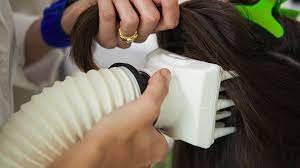
- Using a device called a heated-air device. This device uses hot air to dehydrate and kill lice and their eggs without the use of chemicals. The device is easy to use and can be effective in eliminating head lice infestations.
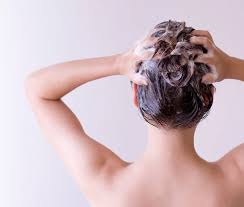
- There are also newer over-the-counter treatments available for head lice, such as dimethicone-based products. These products work by suffocating the lice and their eggs and are generally considered safe and effective.
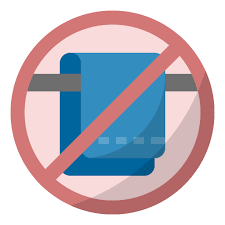
In addition to modern treatment methods, it is also important to take steps to prevent the spread of head lice. This includes avoiding sharing personal items such as combs, brushes, and hats, and washing bed linens and clothing in hot water. It may also be necessary to treat the home environment, such as vacuuming carpets and furniture, to remove any lice or eggs that may be present.
There are some home remedies that can be effective in treating and managing them. While these remedies may not be as strong as prescription treatments, they can still be helpful in reducing the number of lice and nits.
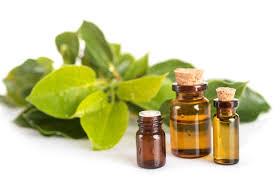
- Using essential oils. Tea tree oil, eucalyptus oil, and lavender oil are all known to have insecticidal properties and can be effective in killing lice and nits. To use essential oils, mix a few drops with a carrier oil, such as coconut or olive oil, and apply it to the scalp and hair. Cover the head with a shower cap and leave it on for several hours, or overnight, before washing the hair.

- Using mayonnaise or olive oil. These products work by smothering the lice and suffocating them. Apply the mayonnaise or olive oil to the hair and scalp, cover with a shower cap, and leave on for several hours before washing the hair thoroughly.
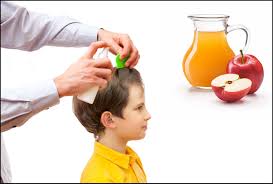
- A mixture of vinegar and water can also be effective in treating head lice. The acidic properties of the vinegar can help to dissolve the glue that holds the nits to the hair shafts, making it easier to remove them. Mix equal parts vinegar and water, apply to the hair and scalp, and leave on for several hours before washing the hair.
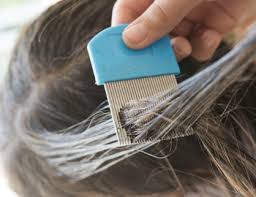
- Combing the hair with a fine-toothed comb, known as a nit comb, can also be helpful in removing lice and nits. Wet the hair with water or a solution of apple cider vinegar and water, and then comb through the hair in sections, starting at the scalp and working towards the ends. Be sure to clean the comb after each pass to remove any lice or nits.
In conclusion, there are several home remedies that can be effective in treating and managing head lice infestations. Essential oils, mayonnaise or olive oil, vinegar and water, and combing the hair with a nit comb can all be helpful in reducing the number of lice and nits. However, it is important to remember that these remedies may not be as strong as prescription treatments, and it may take several applications to fully eliminate the infestation. If you are unsure about using home remedies, or if they do not seem to be working, it is important to seek medical attention and follow the appropriate treatment plan.
